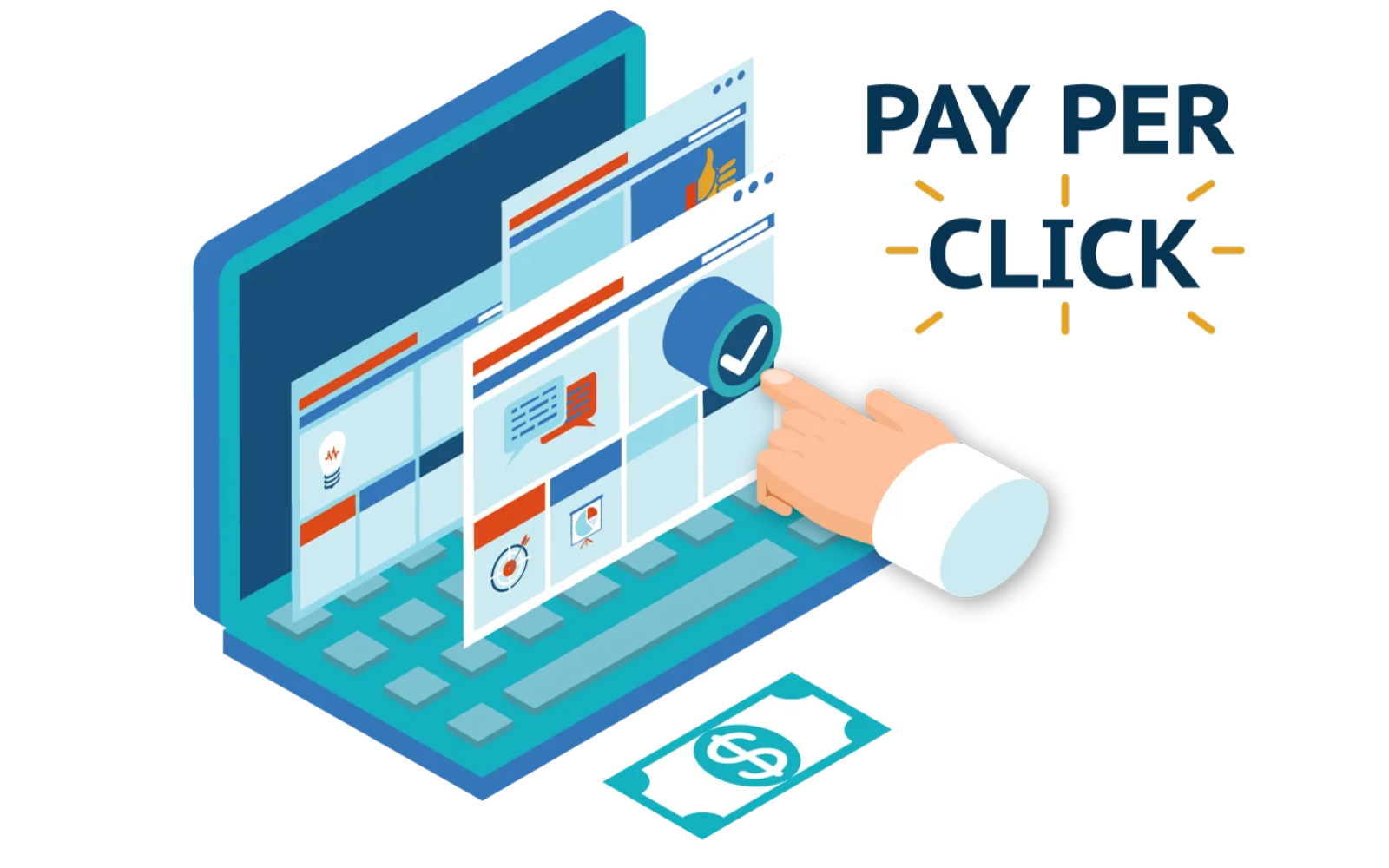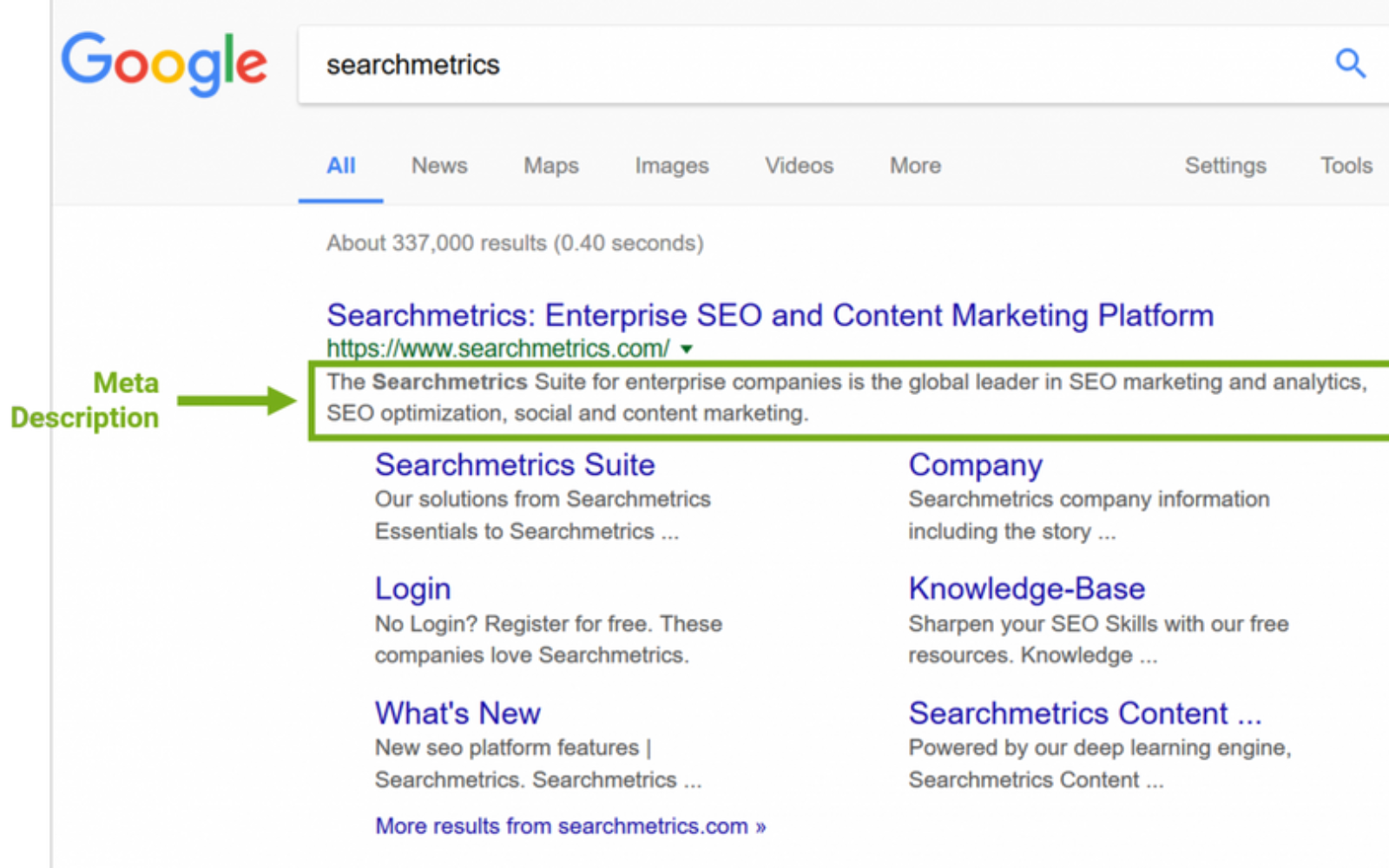One of the most important concepts in digital marketing is your average click through rate (CTR). For many marketers, learning to significantly boost it feels like discovering a secret formula for success.
It’s fascinating to discover what the slightest increase in CTR can do for your numbers. My recent experience testing YouTube thumbnails and titles has been eye-opening. Even with a boost of just a fraction of a percent, you can greatly increase viewership and clicks to your content.
This realization led me to dive deeper into understanding CTR across different digital marketing channels, from SEO and PPC to email marketing.
In this article, I’ll demystify the average click-through rate across different digital marketing channels and share some actionable tips to help you increase your numbers.
So, let’s dive in.
Average Click Through Rate: A Breakdown

Your average click through rate shows how well your online content is performing. This could be an ad, email, or something that appears in search results.
It tells you what portion of the people who see your content actually take action with it.
This action is simple: They click on your offer.
When someone does this, it indicates engagement and interest in your content.
That said, click-through rates and audience engagement vary significantly across industries. So, digital marketing campaigns must be strategically tailored to optimize ad performance.
Here’s a breakdown showing the average CTR for both search ads and display network ads across various niches:


SEO Average Click Through Rate


When it comes to SEO, marketers strive to rank at the top of the search engines for their target keywords.
While it’s an ambitious goal, they realize that claiming the top position boosts your SEO click-through rate like nothing else.
CTR varies greatly depending on the ranking position on search engine results pages.
The top search result typically has a much higher CTR than positions just a few spots lower.
For example, the first position usually has a CTR more than double that of the second.
This decline continues as the position drops.
Here are some specific numbers from firstpage.com:
- Google’s first position in search results can expect an average click through rate of about 39.8%.
- The second position sees a significant drop, with an average CTR of around 18.7%.
- This number dips to approximately 10.2% when you reach the third position.
- The fourth position drops down to 7.4%.
Some more interesting stats to note:
The featured snippet in Google outperforms even the top search result. It has an average click through rate of 42.9%.
While you might think image and video results would outperform organic text results, they don’t. In fact, image results yield a CTR of 1.4% – 4.9%, while videos yield a 2.3% – 6.4% CTR.
And, while ads are placed before the first organic search result, their CTR is significantly lower, with a 1.2% – 2.1% CTR.
With all this data, it’s clear why marketers aim for the highest possible organic rankings in search results. That top position maximizes visibility, and the click-through rates are astoundingly high.
A top ranking also boosts the likelihood of attracting more organic traffic. This is because it also enhances the perceived authority and trustworthiness of the site. Check out our article on SEO CTR for a more in depth look at this.
PPC Average Click Through Rate


PPC is a digital marketing strategy with ads placed on platforms like search engines, social media, and other websites. You pay each time someone clicks on your ad.
Your cost per click depends on your bid and other factors. A high click-through rate reduces ad costs. It also improves ad placement.
The channel where you advertise affects click-through rates. Google search users, for instance, differ from Facebook browsers. There are differences in session goals, demographics, and display format.
Here’s a closer look at the average PPC click-through rate on various platforms according to CXL.
- Google Search CTR – 2.1%
- Facebook Ad CTR – 0.72%
- Instagram Ad CTR – 0.94%
- Twitter Ad CTR – 2%
- Linkedin Ad CTR – 0.65%
PPC vs Google Search:
If you look at the numbers, the top organic search result receives 18 times more clicks than the top paid Google ads search result.
Users tend to trust paid advertisements less, understanding that companies pay for their placement. Also, paid ads often fail to address the user’s query as effectively as organic search results, which earn their high rankings due to their relevance to the searched keywords.
Organic results are more aligned with research-oriented queries, while paid ads are generally geared towards securing an immediate conversion.
Email Average Click Through Rate


Email marketing can be an incredibly personal experience for subscribers. Because of this, CTRs depend heavily on the relevance and personalization of content. It differs from PPC or SEO because user intent is not always clear.
The goal is to create email content that engages and resonates with subscribers. High engagement will result in a higher CTR.
Email marketers must focus on crafting relevant content that speaks directly to their audience’s needs and interests. This requires getting to know them on a deeper level.
Some ways to do this include segmenting your lists to tailor messaging. Continually testing and optimizing your email campaigns also affects the overall click-through rate.
Also, the average CTR across industries can vary significantly in email marketing campaigns.
Here’s a closer look at the numbers:
- All Industries – Overall Industry Average CTR: 2.00%
- Administrative & Business Support Services: 2.22%
- Child Care Services: 2.73%
- Consulting Services: 1.87%
- Dining and Food Services: 0.88%
- Education: 2.42%
- Faith-Based Organizations: 2.64%
- Family and Social Services: 2.58%
- Financial Services: 0.98%
- Health and Wellness: 1.58%
- Home & Building Services: 2.18%
- Independent Artists, Writers, and Performers: 1.72%
- Legal Services: 3.34%
- Manufacturing and Distribution: 2.37%
- Nonprofit Membership Organizations: 2.94%
- Nonprofit Services: 2.34%
- Personal Care Services: 2.47%
- Real Estate: 1.41%
- Recreation, Sports & Entertainment: 1.27%
- Repair and Maintenance: 0.84%
- Retail: 1.23%
- Technology Services: 3.30%
- Transportation Services: 1.38%
- Travel & Tourism: 1.35%
The unique advantage of email marketing:
Email marketing hinges on the relationship you develop with your subscribers.
A small mailing list of fewer than 2,000 subscribers can produce a full-time income through consistent, high-quality engagement. Conversely, a larger email list of 50,000+ subscribers might not translate into substantial revenue.
Regardless of the numbers, your relationship with your audience is crucial. That relationship directly affects your average click through rate.
10 Tips for Boosting your CTR
There are various strategies you can utilize to boost your CTR. Here are some powerful methods you can implement.
1. Use Emotional Ad Copy


Advertising copy that resonates emotionally with the audience can greatly improve click-through rates.
People tend to make decisions based on emotions, not logic.
Engaging emotions like joy, anticipation, or fear of missing out (FOMO) enhances ad effectiveness. It encourages clicks, purchases, or sign-ups, thus boosting marketing campaign success.
2. Optimize for Mobile


Internet browsing on smartphones has never been more prevalent than it is now. So, optimizing content for mobile use is crucial.
Ensure fast loading times and implement responsive design for various screen sizes. Creating content that’s easy to read and interact with on smaller screens is also imperative.
Having mobile-friendly content is key to reaching a wider audience and improving user experience.
3. Do A/B Testing


Constant optimization is essential to staying ahead.
Through A/B testing of ads, emails, or landing pages, you can refine your strategy to keep it dynamic and effective. Look carefully at the numbers. They provide valuable insights into consumer behavior.
Your testing results allow you to strategically adjust and tailor your content for higher engagement and conversion rates.
4. Focus on Subject Lines and Titles


First impressions matter, especially in the incredibly fast-paced digital world. Use compelling subject lines and titles to catch the attention of your target audience. These will resonate with them and spark curiosity.
Take the time to craft these elements effectively as it can greatly enhance your content’s success. In the world of YouTube, I’ve come to realize that the title is just as important as the thumbnail image when it comes to boosting your CTR.
If you’re feeling stuck, check out this article on ChatGPT for copywriting. It might just inspire some new ideas for you.
5. Preview Text Copy


For emails, the preview text offers recipients a hint of what the email contains. Using this area effectively is important to enhance your subject line and motivate more opens and clicks.
When it comes to SEO, writing engaging meta descriptions for improving search visibility can greatly influence click-through rates.
These snippets provide a glimpse of what users can expect. This entices them to click through for more information.
6. Include a Clear Call to Action


Your Call to Action (CTA) should be clear, concise, and compelling.
It should guide the audience on the exact action you want them to take.
The simplicity of it should eliminate confusion and encourage immediate action, enhancing user experience and increasing the likelihood of achieving your desired outcome (usually an email sign-up or a sale).
7. Personalize Your Content


To effectively engage your audience, it’s crucial to customize your messages to align with your audience’s preferences and behaviors.
For example, if you know a segment of your audience loves tech gadgets, tailor your email content to feature the latest tech reviews and deals. Or, if your blog readers frequently search for healthy recipes, write articles that feature easy-to-make, nutritious meals.
Personalizing content makes it feel more relevant to the recipient, which can significantly enhance its appeal. This tailored approach makes the content more engaging and can lead to a noticeable increase in click-through rates (CTR).
8. Optimize Your Thumbnails and Images


Visuals can capture attention much faster than text.
This is why using high-quality, relevant thumbnails and images is key to drawing in viewers. This is especially true in video content and display advertising, where the competition for audience engagement is fierce.
By carefully selecting appealing and pertinent images to the content, creators can significantly increase their chances of attracting a larger audience and making a lasting impression.
If you’re a video marketer, check out this article on AI tools for YouTube that can boost your productivity.
9. Understand Your Audience


This tip goes hand in hand with personalizing your content. Regardless of your medium, gaining a profound understanding of your audience is crucial.
This includes their needs, preferences, and values.
Understanding this will help you develop content that resonates with them personally and effectively. It captures their attention and encourages engagement.
If you’re targeting pet owners, for instance, creating content that features pet care tips and heartwarming pet stories can resonate deeply with them.
By carefully analyzing and addressing these key aspects, you can create highly relevant and compelling content that drives clicks and builds a deeper connection with your audience.
10. Implement Retargeting Campaigns


Many digital marketers claim that retargeting campaigns play a huge role in boosting CTR. Retargeting reminds users of their previously expressed interest in your products or services.
The goal is to strategically place your ads in front of these users as they browse the Internet or use social media. This will significantly increase the likelihood of them returning to your site to complete a purchase or other desired action, such as subscribing to an email list.
This method effectively keeps your brand top of mind and encourages repeat visits.
Average Click Through Rate: Wrap Up


Improving your CTR across different channels requires a blend of art and science.
From the strategic placement of keywords in SEO to the emotional pull of ad copy in PPC and the personalized touch in email marketing, each element plays a pivotal role in captivating your audience.
I hope these insights and tips have better equipped you to enhance your digital marketing strategies, drive engagement, and achieve higher click-through rates.
Remember, even a fractional improvement in CTR can lead to significant gains in viewership, engagement, and ultimately, conversions.
